Introduction
Store Variables, Selenium IDE are two essential concepts every beginner in Selenium automation testing must understand to build a strong foundation in test automation. Selenium IDE (Integrated Development Environment) is a powerful and user-friendly tool specifically built for testers who are new to Selenium. It allows users to easily record, edit, and debug test cases directly from the browser. Designed as an extension for Chrome and Firefox, Selenium IDE eliminates the need for complex programming knowledge, making it ideal for manual testers transitioning into automation. While it doesn’t offer the advanced scripting capabilities of Selenium WebDriver, it serves as an excellent gateway into the world of test automation.
With features like store variables, echo commands, and built-in support for handling alerts and popups, Selenium IDE simplifies many real-world testing scenarios. Whether you’re beginning a Selenium course or preparing for Selenium certification, learning to use these tools effectively will significantly enhance your web automation skills.
If you’re exploring Selenium as part of a Selenium certification or Selenium course, Selenium IDE is your ideal starting point. It introduces you to basic automation concepts without needing programming knowledge.
What Are Store Variables in Selenium IDE?

Understanding the Concept
Store Variables in Selenium IDE allow you to save values during test execution and reuse them later. This feature is essential for data-driven testing, conditional logic, and dynamic validations.
In Selenium IDE, variables are stored using the store command or its variants like storeText, storeValue, and storeTitle.
Syntax:
plaintext
Command: store
Target: Hello World
Value: greeting
In this case, the variable greeting now holds the value Hello World.
Why Store Variables Matter
- Data Reusability: You don’t need to hardcode values repeatedly.
- Dynamic Testing: Tests adapt to real-time values like login status or form submissions.
- Cleaner Scripts: Reduces redundancy and improves script readability.
Common Store Commands
| Command | Purpose |
|---|---|
store | Stores a static string value |
storeText | Stores text from an element |
storeValue | Stores the value of a form field |
storeTitle | Stores the page title |
storeAttribute | Stores element attribute value |
Using Echo to Display Stored Data
What is Echo?
The echo command in Selenium IDE is used to print messages or stored variable values into the log console. This is useful for debugging and ensuring the correct value is stored or used.
Syntax:
plaintext
Command: echo
Target: ${greeting}
This would print Hello World in the log if greeting was previously stored.
Real-World Example
plaintext
Command: storeText
Target: id=welcome-message
Value: welcomeText
Command: echo
Target: ${welcomeText}
This prints the dynamic welcome message a user sees after logging in, making it useful for validating personalized user flows.
Handling JavaScript Alerts in Selenium IDE
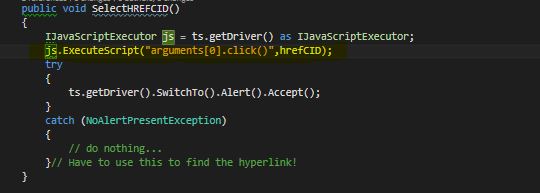
What Are JavaScript Alerts?
JavaScript alerts are pop-up windows triggered by the browser to show warnings, notifications, or confirmations. Selenium IDE has built-in commands to manage them effectively.
Common Commands
| Command | Description |
|---|---|
assertAlert | Verifies alert text |
storeAlert | Stores the alert message |
chooseOkOnNextConfirmation | Accepts the next confirmation popup |
chooseCancelOnNextConfirmation | Cancels the next confirmation popup |
Example – Handling Alert
plaintext
Command: click
Target: id=trigger-alert
Command: assertAlert
Target: Are you sure?
Managing Confirmation and Prompt Popups
Confirmation Popups
Used to confirm or cancel an action.
plaintext
Command: chooseOkOnNextConfirmation
Target:
Command: click
Target: id=delete-button
Command: assertConfirmation
Target: Do you really want to delete this?
Prompt Popups
Prompts allow user input.
plaintext
Command: answerOnNextPrompt
Target: John Doe
Command: click
Target: id=trigger-prompt
Command: assertPrompt
Target: Please enter your name:
These commands provide full control over different types of JavaScript popups, making your automation scripts more interactive and realistic.
Real-World Applications and Industry Use Cases
E-Commerce Testing
- Store user login status
- Echo product names
- Handle popups on product removal
Banking and Finance
- Confirm transactions via alerts
- Store account balance for validation
- Echo transaction confirmations
Healthcare Systems
- Popups for confirming sensitive data actions
- Store patient data for cross-validation
- Use echo for debugging form submissions
Case Study: Walmart QA Automation
Walmart’s QA team implemented Selenium IDE to automate over 300 UI tests for their internal HR portal. Using store variables and popup handling reduced test maintenance by 40% and improved bug detection efficiency.
Hands-On Practice: Step-by-Step Tutorial
Scenario: Automate a Login Test with Alert and Variable
Step 1: Launch the Login Page
plaintext
Command: open
Target: https://example.com/login
Step 2: Enter Username and Password
plaintext
Command: type
Target: id=username
Value: user123
Command: type
Target: id=password
Value: pass123
Step 3: Store Username
plaintext
Command: store
Target: user123
Value: usernameVar
Step 4: Echo Stored Username
plaintext
Command: echo
Target: ${usernameVar}
Step 5: Click Login and Handle Alert
plaintext
Command: click
Target: id=login-button
Command: assertAlert
Target: Welcome, user123!
Benefits for Testers and QA Engineers
Understanding and leveraging features like Store Variables in Selenium IDE, along with echo commands and alert/popup handling, provides substantial benefits for both novice and experienced testers. These capabilities allow QA professionals to write dynamic and reusable test cases, which drastically reduce redundancy and make scripts easier to maintain. Instead of hardcoding values, testers can store inputs or responses and reuse them throughout the test flow, enabling more flexible and data-driven testing.

Echo commands help with real-time debugging by printing values into the console, offering clarity during test execution and aiding quicker issue resolution. Meanwhile, handling alerts and popups ensures complete automation of end-to-end user interactions, even when JavaScript dialogs appear.
For QA teams aiming to scale automation efforts, these features lay the groundwork for robust test coverage. Whether you’re enrolled in a Selenium course or preparing for Selenium certification, mastering these tools enhances both your productivity and career prospects in test automation.
Why You Should Master Store Variables and Popups
- Efficiency: Reduces test duplication.
- Flexibility: Adapts tests dynamically.
- Readability: Simplifies test design.
- Scalability: Easier to maintain as tests grow.
Whether you’re self-learning or pursuing a Selenium certification, these foundational skills will make your automation scripts more intelligent and robust.
Key Takeaways
Let’s recap the key points:
- Store Variables in Selenium IDE are critical for dynamic, reusable test cases.
- The
echocommand is invaluable for debugging and monitoring. - Handling alerts and popups is essential for simulating real user interaction.
- Real-world applications range from e-commerce to finance and healthcare.
- Step-by-step practice boosts confidence and deepens understanding.
These skills align perfectly with what’s taught in a Selenium course and are often required for Selenium certification assessments.
Want to master Selenium automation with hands-on skills?
Enroll in H2K Infosys’ Selenium course today and take the first step toward Selenium certification!
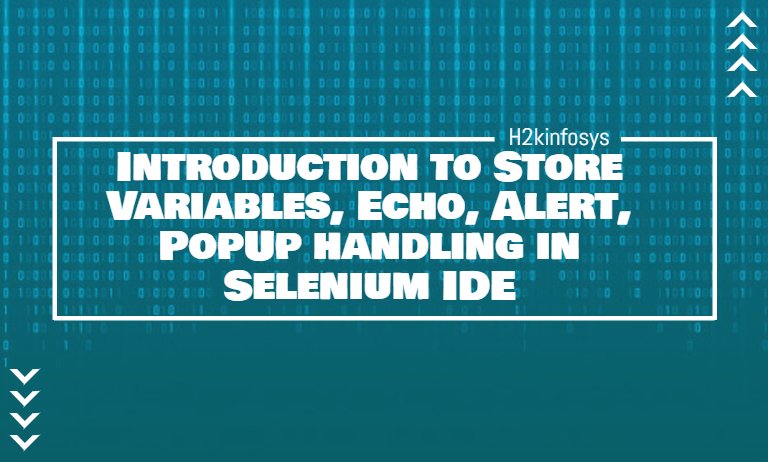



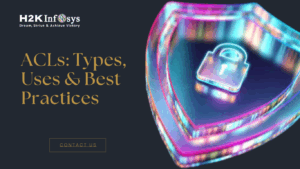
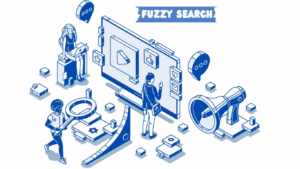















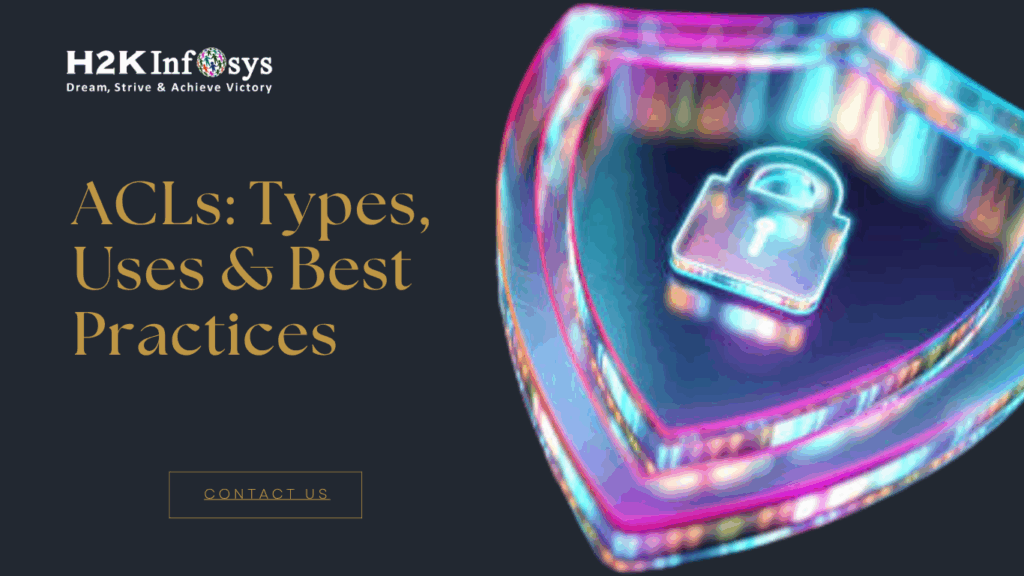
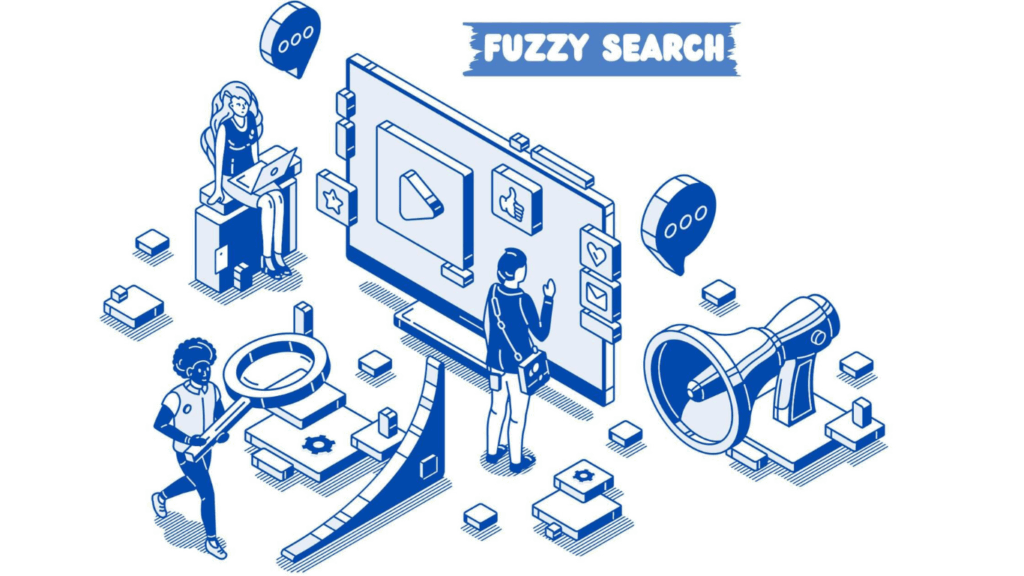






One Response
Thanks for sharing your article. I really enjoyed it. If you are interested in Selenium Online Training Certification Course, feel free to visit our website.